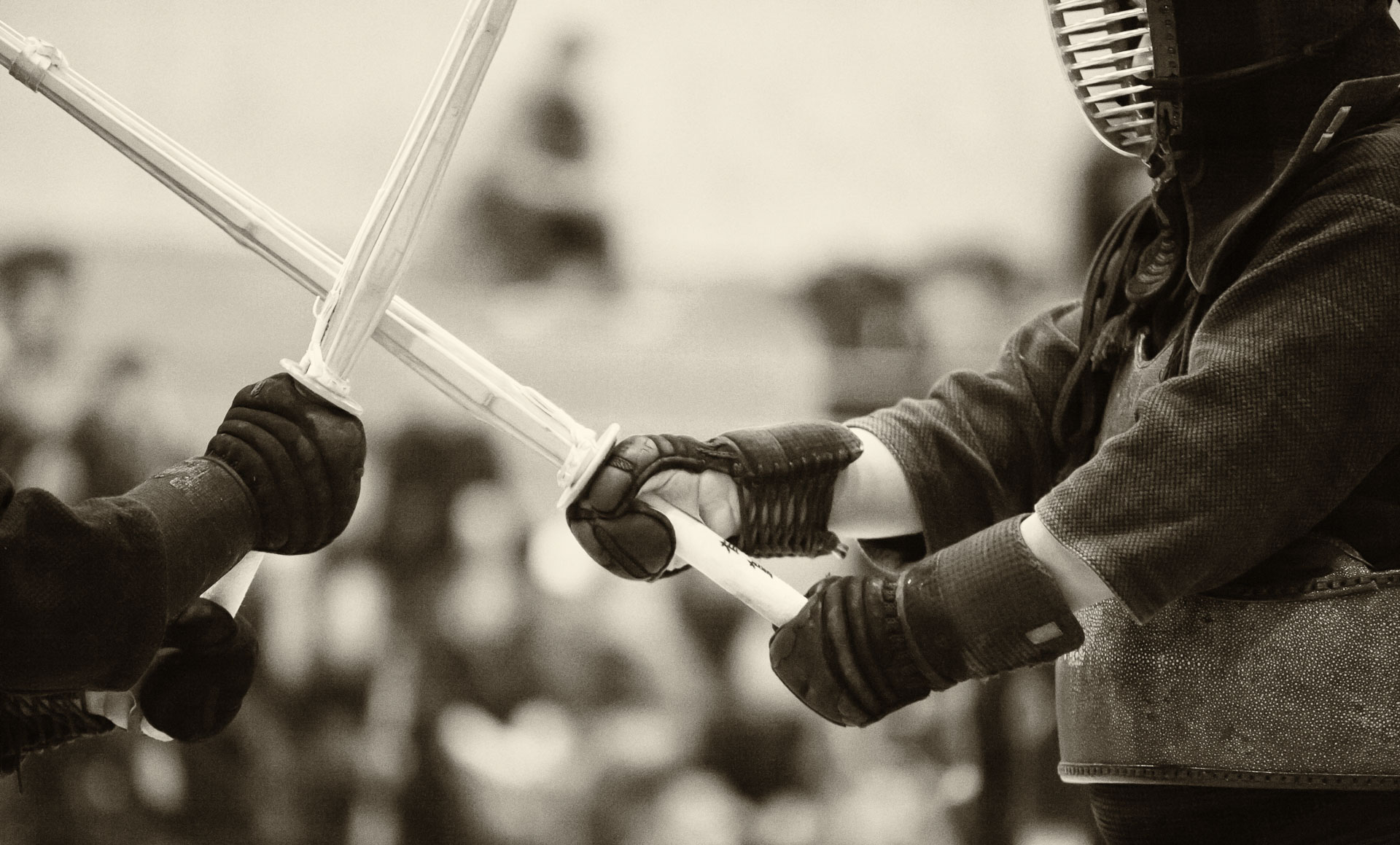
I’ve been listening to an audiobook called “Conscious” by Annaka Harris, and this is definitely the most thought-provoking read I’ve had in a while. She discusses many concepts that are completely new to me, and yet I realize that I’ve been bumping into them many times before in various areas of my work and personal interests.
One of them is panpsychism (from Greek ‘pan’ – ‘all’ and ‘psyche’ – ‘soul’). This is a philosophical theory that postulates that consciousness is a fundamental property, and that everything in the universe possesses it. This idea has a distinctly religious undertone, but upon closer examination, it turns out that it is, in fact, one of the simplest and therefore plausible solutions to the so-called “hard problem of consciousness”. The problem is explaining how consciousness comes into existence in a collection of matter that didn’t have consciousness initially. This problem is called “hard” to distinguish it form the “easy” problems of explaining the mechanisms of existing conscious processes and studying how the brains of animals work, etc.
Coming to terms with the panpsychism becomes less intellectually challenging if one starts thinking about the defining features of a conscious, or even alive, system. Once it becomes apparent that properties like ability to react to or communicate with an environment are not sufficiently good criteria for drawing the line between natural systems that have consciousness and those that do not, it becomes apparent that it is indeed logical to grant the possibility of consciousness (although not human-like consciousness) to systems like plants, single-cell organisms and, taken to the extreme, subatomic particles. I really liked how Annaka Harris gradually by firmly walks the readers through this reasoning process, without dumbing it down and without over-protecting it from the inherent logical challenges. Once you consider that plants and animals are not as different as we intuitively consider them to be in terms of their ability to remember (i.e. collect, store and recall information) and react to the environment, these and other properties that can be considered indicators of consciousness (even if each one of them does not qualify to be the defining property) can be propagated all the way down to the subatomic levels of matter. The consciousness is a matter of matter, as one playful quote in the book states.
This rabbit hole goes incredibly deep. Donald Hoffmann, for example, argues that panpsychism actually takes realism too seriously by granting the subatomic particles, and indeed the spacetime reality, too much of a fundamental role in the structure of the universe. To continue borrowing expressions from Alice’s Adventures in Wonderland, things become curiouser and curiouser!













